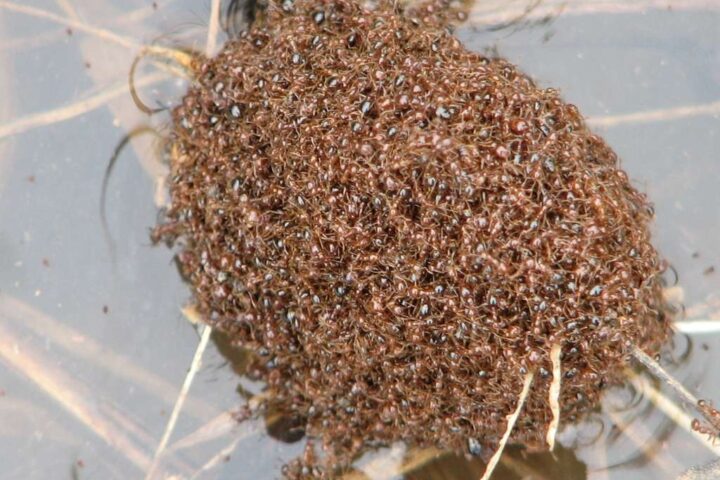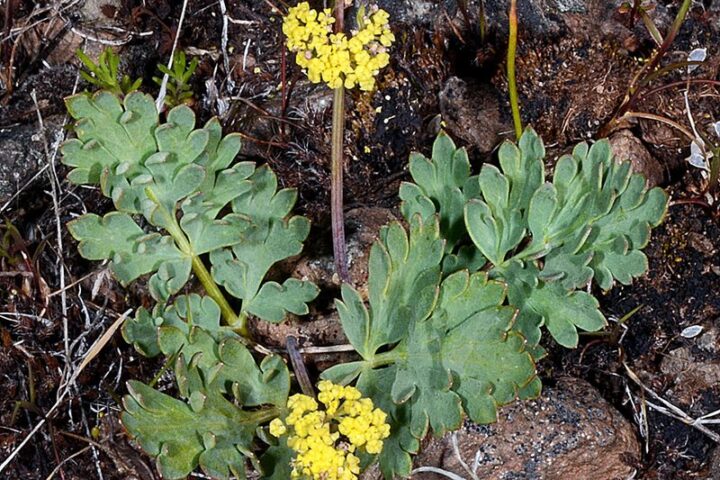Burmese pythons can swallow a prey as big as a 77 pound deer, and have a jaw-opening capacity previously undescribed. Burmese pythons grow up to six meters long and reach weights over 90 kg (200 pounds), these snakes pose a negative impact on ecosystems.
Snakes swallow their prey whole, without chewing them first. The extent to which the snake can open its mouth determines the size of prey they can consume. Unlike the lower jaws of humans and other mammals, the lower jaw bones of these reptiles are not fused. “The impact the Burmese python is having on native wildlife cannot be denied. This is a wildlife issue of our time for the Greater Everglades ecosystem, “ said Ian Bartoszek, Conservancy of Southwest Florida.
A study published by Jayne’s lab in the journal Reptiles & Amphibians reveals that this type of python can consume much larger prey than scientists had estimated. The research team has discovered that the largest pythons captured in Everglades National Park have an opening capacity of up to 26 centimeters—equivalent to a circumference of 81 cm—40% larger in area than previously estimated.
This capability allows pythons to consume a significantly large prey. A notable example, which illustrates this information and was captured in Florida, is a python that consumed approximately 35 kg (77 pound) deer, representing up to two-thirds of the snake’s total mass. “This means there are more animals on the menu,” said the UC News of University of Cincinnati (USA).
Similar Posts
The study highlights concerns about the ecological impact of these invasive snakes, which were introduced to Florida through the pet trade, posing a clear risk in this area, where they have decimated populations of foxes, lynx, raccoons, and other animals. Since 2013, experts from Conservancy of Southwest Florida have been investigating Burmese pythons and have removed 770 snakes that collectively weighed more than 15,000 kg (33,000 pounds). For them, this effort is crucial to understand and control the invasive population and mitigate its impact on the Everglades ecosystem.
Biologists Ian Bartoszek and Ian Easterling collaborated with Dr. Bruce Jayne, from the Department of Biological Sciences at the University of Cincinnati, and set out to measure the maximum opening of Burmese pythons. In South Florida, a measurement of the longest Burmese python, at 19 feet, along with two other large snakes, at 15 and 17 feet, demonstrated that the snakes have a larger mouth than previous mathematical models suggested.


















